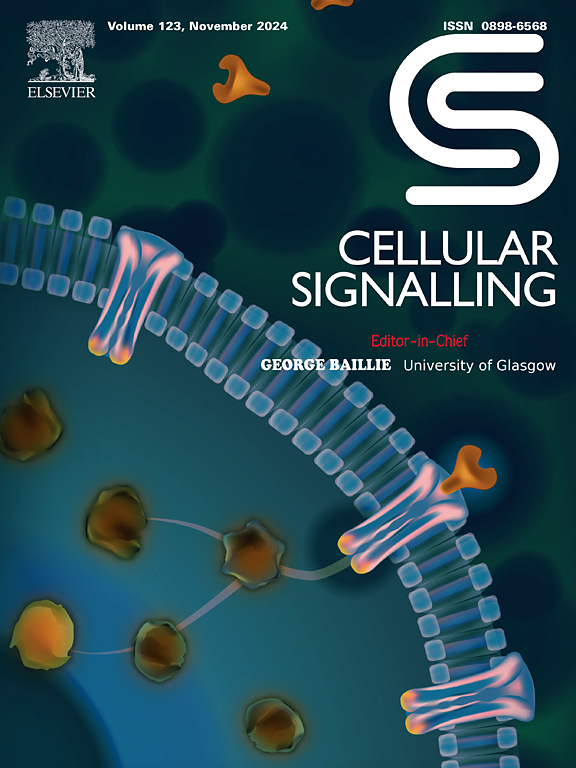Hedgehog pathway inhibitor HhAntag suppresses virus infection via the GLI-S1PR axis
IF 4.4
2区 生物学
Q2 CELL BIOLOGY
引用次数: 0
Abstract
The interplay between various signaling pathways, including tumor development, immune response, and viral infection, suggests potential mutual regulation within biological systems. To explore this, we screened 85 inhibitors targeting the Notch, Hedgehog, and Wnt signaling pathways to identify the potential antiviral candidates. Using two reporter viruses (VSV-GFP and DENV-Luc), we identified novel inhibitors with antiviral properties. Notably, the Hedgehog pathway inhibitor HhAntag exhibited broad-spectrum antiviral activity, significantly reducing the replication of viruses such as VSV, DENV, ZIKV, and SFTSV. The inhibitory effects of HhAntag were consistent with the downregulation of its target protein, GLI1; while overexpression of GLI1 promoted viral infection. HhAntag did not interfere with viral attachment, entry, or early transcription but specifically inhibited viral protein translation. Additionally, RNA-seq analysis revealed reduced expression of sphingosine-1-phosphate (S1P) signaling pathway receptors, S1PR1 and S1PR5, following HhAntag treatment. HhAntag suppresses virus infection via the GLI-S1PR axis. This study revealed the interplay between tumor-associated Hedgehog (Hh) pathway and viral infection and highlights the potential of HhAntag as a broad-spectrum antiviral drug.
Hedgehog途径抑制剂HhAntag通过glii - s1pr轴抑制病毒感染
各种信号通路之间的相互作用,包括肿瘤发展、免疫反应和病毒感染,表明生物系统内潜在的相互调节。为了探索这一点,我们筛选了85种靶向Notch、Hedgehog和Wnt信号通路的抑制剂,以确定潜在的抗病毒候选药物。利用两种报告病毒(VSV-GFP和DENV-Luc),我们发现了具有抗病毒特性的新型抑制剂。值得注意的是,Hedgehog途径抑制剂HhAntag具有广谱抗病毒活性,可显著降低VSV、DENV、ZIKV和SFTSV等病毒的复制。HhAntag的抑制作用与其靶蛋白GLI1的下调一致;而GLI1过表达促进病毒感染。HhAntag不干扰病毒附着、进入或早期转录,但特异性地抑制病毒蛋白翻译。此外,RNA-seq分析显示,在HhAntag处理后,鞘氨醇-1-磷酸(S1P)信号通路受体S1PR1和S1PR5的表达降低。HhAntag通过GLI-S1PR轴抑制病毒感染。该研究揭示了肿瘤相关的Hedgehog (Hh)通路与病毒感染之间的相互作用,并强调了HhAntag作为广谱抗病毒药物的潜力。
本文章由计算机程序翻译,如有差异,请以英文原文为准。
求助全文
约1分钟内获得全文
求助全文
来源期刊

Cellular signalling
生物-细胞生物学
CiteScore
8.40
自引率
0.00%
发文量
250
审稿时长
27 days
期刊介绍:
Cellular Signalling publishes original research describing fundamental and clinical findings on the mechanisms, actions and structural components of cellular signalling systems in vitro and in vivo.
Cellular Signalling aims at full length research papers defining signalling systems ranging from microorganisms to cells, tissues and higher organisms.
 求助内容:
求助内容: 应助结果提醒方式:
应助结果提醒方式:


